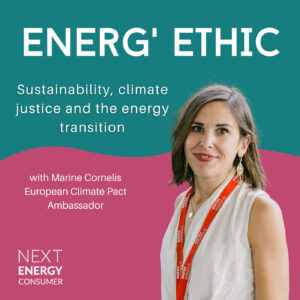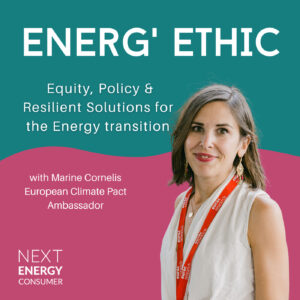This article was originally published on the ESRC Just Energy website.
The end of the year saw a political agreement by European negotiators on the new Electricity Regulation and Electricity Directive. After the bittersweet conclusions of the COP24 on the framework needed to secure climate change under the Paris Agreement, the adoption of “game-changing” climate and consumer-friendly European electricity market rules by EU policymakers came as a relief for many observers. The European Union demonstrated that it is at the forefront of the fight against global warming, and fulfilled its promise to deliver a fairer deal for European citizens. The agreement also followed previous agreements on the Governance proposal, the revised Energy Efficiency Directive, the revised Renewable Energy Directive, the Energy Performance in Buildings Directive and the Regulations on Risk Preparedness and the Agency for the Cooperation of Energy Regulators (ACER).
The Energy Union was set as a priority for the European Commission by President Juncker at the start of the mandate in 2014. The new electricity market design proposals, a Directive and a Regulation, aim to adapt the current market rules to new market realities and will be making it more resilient and future-proof. In practice, the new measures will limit global warming by encouraging the take-off of renewable energies, provide security of supply, decarbonise the European energy system and restrict, albeit partially, the subsidies to the most polluting power generation. The consumer is put at the centre of the clean energy transition since the new rules enable active participation of consumers and ensure a better framework for consumer protection.
It will also become easier and cheaper for consumers to compare offers and switch between energy suppliers (within a maximum period of three weeks and 24 hours by 2026). The clarity of the energy bills, something that 40% of consumers still have trouble in understanding, will be improved. Thanks to smart meters, consumers will become able to monitor better their consumption, and chose, for instance, a dynamic electricity price contract from energy companies with more than 200,000 clients.
EU consumers have also been granted new EU rights which allow them to generate, consume and sell their own renewable energy. It will be easier for consumers to upload energy they have produced to the grid and form “citizen energy communities”, enabling people living in the same neighbourhood or building to produce and share their electricity, with limited to no interference of big corporations and incumbent suppliers. The deal unlocks European development of community-led energy projects and acknowledges its potential benefits for green job creation, territorial development, local value creation, energy savings, energy poverty alleviation, and the promotion of renewable energy.
Energy providers will be obliged to sign up to a dispute resolution scheme, ensuring that disputes between consumers and providers now go through a transparent, independent, effective and efficient out-of-court dispute resolution process, for instance with an energy ombudsman, a consumer body, or a national regulatory authority, before any possible legal action. This measure will apply to all products or services tied to or bundled with products or service falling under the scope of the directive unless the member state can demonstrate to the European Commission that other mechanisms are equally valid.
In order to better understand and address energy poverty and vulnerability, a definition of these terms is included. The Directive acknowledges that low income, high energy expenditure and poor energy efficiency of the homes prevent access to essential services which guarantee a decent standard of living, with inadequate warmth, cooling, lighting and energy to power appliances being commonplace.
The concept of a mandatory national action plans was rejected by member states, which arguably limits the scope for broader political action. However, the European Commission will continue to assist member states to monitor and provide targeted support for people affected by energy poverty. Until at least 2025, member states will continue to be able to regulate prices temporarily to assist and protect energy-poor or vulnerable households (although preference is given to social security measures). The Directive will also insist on the importance of adequate consumer protection, particularly regarding transparency, contractual terms and conditions, and dispute settlement mechanisms for vulnerable and energy poor households.



3 Responses